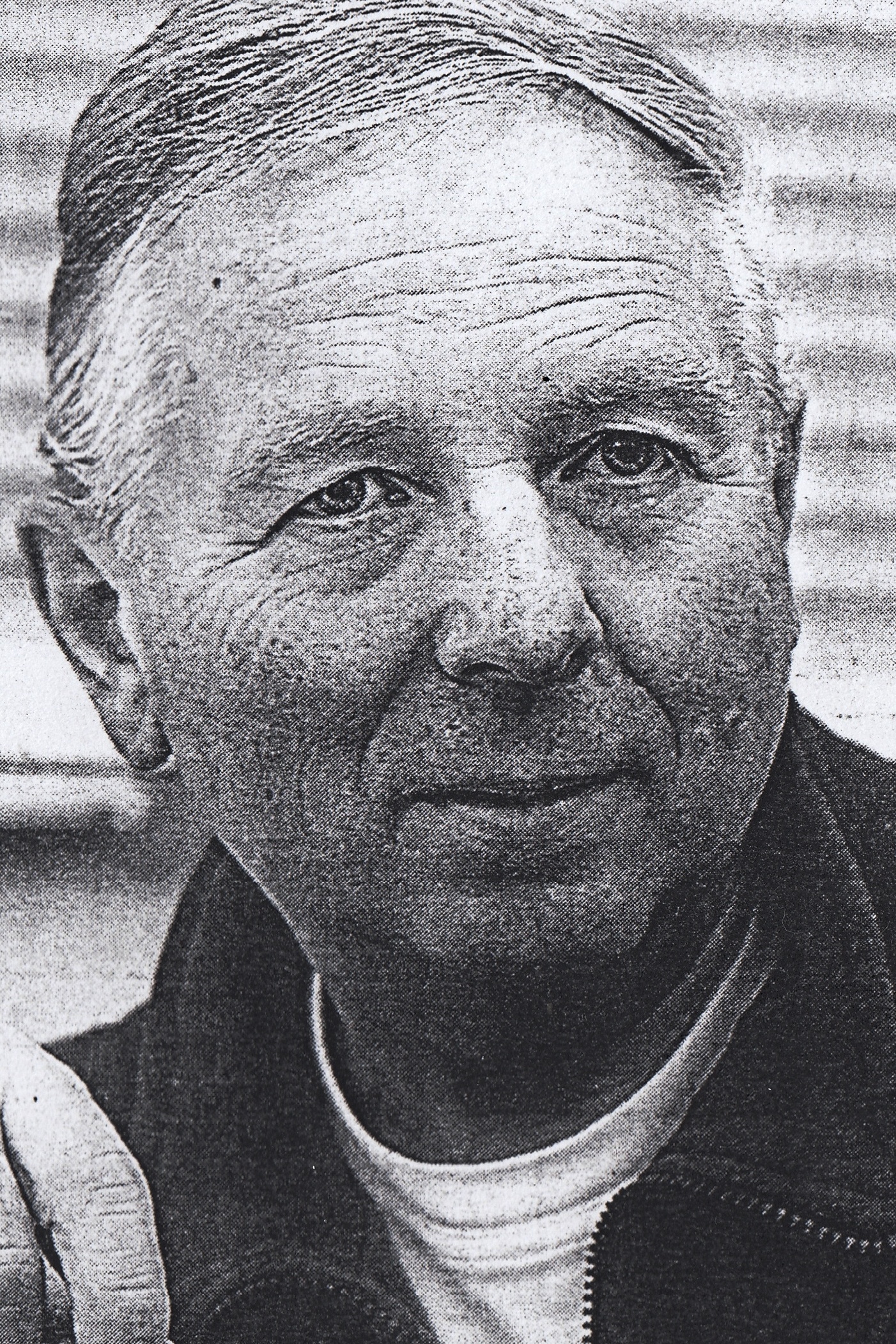Photography brought me joy and a sense of freedom even in my unfreedom.

Download image
Karel Hník was born on 29 July 1942 in Jilemnice in the foothills of the Krkonoše Mountains. Until the end of the Second World War he lived in Horní Branná in the then Protectorate of Bohemia and Moravia on the border with the German Reich. After the war the family moved to the nearby town of Hostinné. They got an apartment after the Germans, who were displaced to Germany by the Czechoslovak government after the war. He spent his school years in Hostinné and began to take photographs. He apprenticed as a locksmith in Kladno and then joined the Kablo company in Vrchlabí. At the beginning of the 1980s he graduated in fine art photography from the Folk Conservatory in Hradec Králové. After the Velvet Revolution he worked for thirteen years as a tribal photographer for the Krkonoše National Park Administration. He was one of the well-known landscape photographers of the Krkonoše Mountains. His series of photographs depicting the disappearing world of traditional Krkonoše craftsmen is widely appreciated. In 2023 he lived in Vrchlabi.







